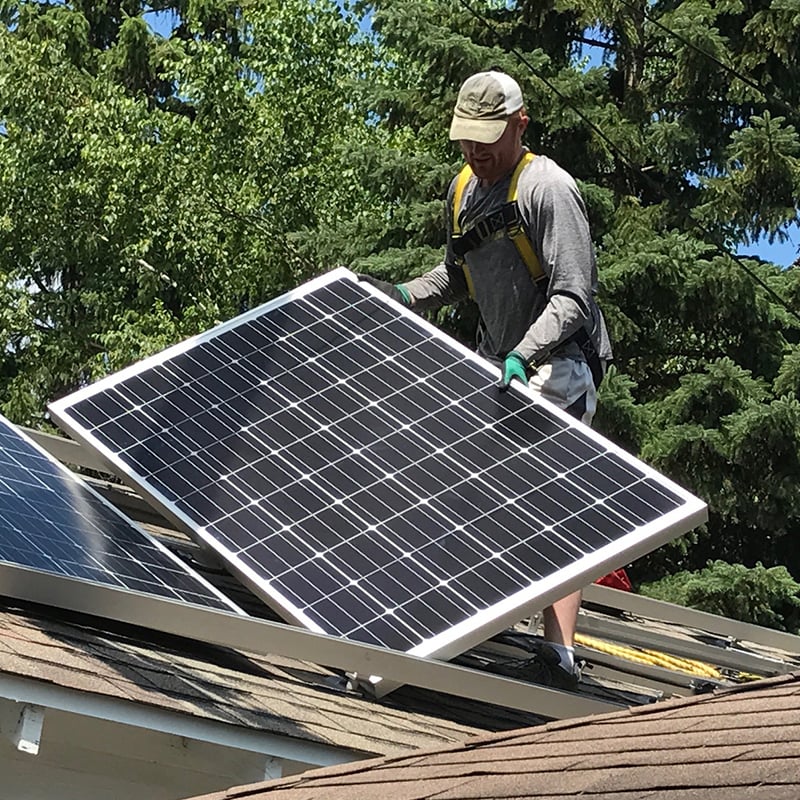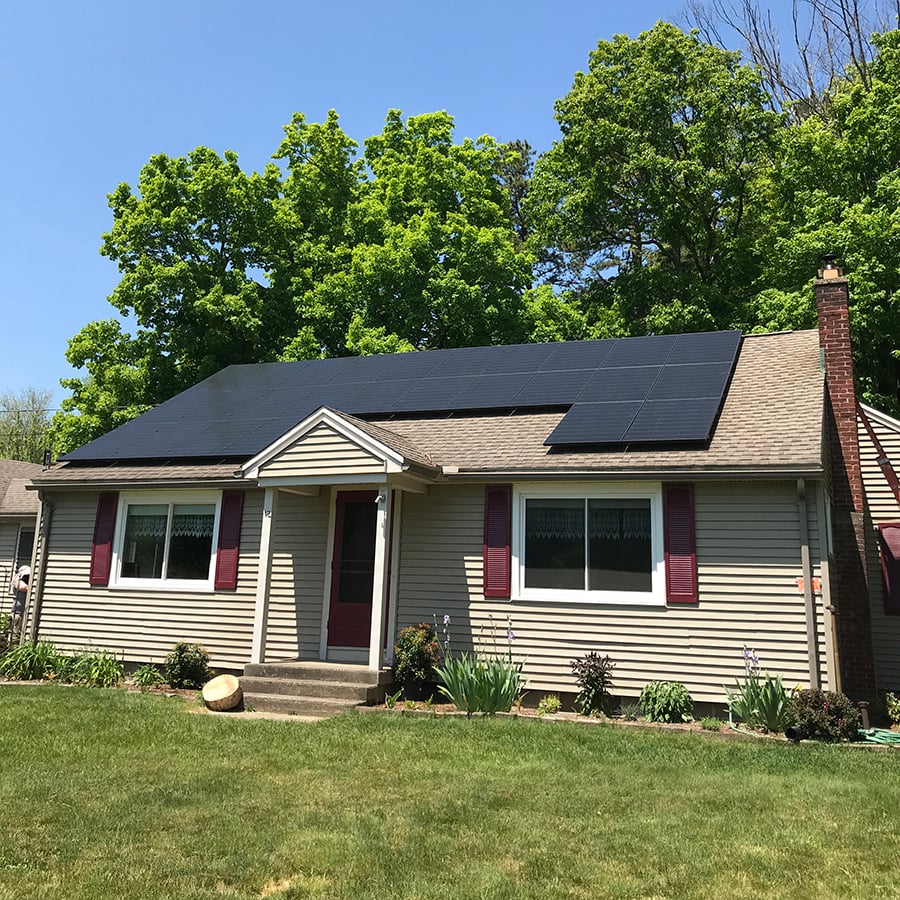Frequenty Asked Questions
- Home >
- FAQ
Questions About The Solstice Project
Here you will find questions and answers about this unique solar program available for income-qualified families and individuals.
Who qualifies for the Solstice program?
People who qualify for a range of income-qualified programs can participate in Solstice, including Habitat for Humanity candidates, Section 8 Housing Choice voucher residents, Low Income Home Energy Assistance designees, Community Land Trust homeowners, Weatherization Assistance Program participants, WIC households, SNAP recipients and Medical Assistance beneficiaries.
Where do funds to support this project come from?
Solstice and All Energy Solar are excited to be a part of helping underserved communities play an important role in the push for sustainable energy. In addition to the support of these organizations, there are programs available through utility providers, cities, and the federal government to help offset the cost of installing a solar system based on the home’s location and utility provider. The Solstice Project will do all of the work to obtain access to these funds to help offset the costs of materials and labor needed to install the system.
Who will own the system?
The solar system is 100% owned and maintained by Solstice, while the homeowner receives up to 100% of the energy produced to offset their electrical needs.
Solstice will work with the homeowner on an agreement to install and maintain the system on the property. After a pre-determined number of years have passed, the ownership rights of the solar energy system will be transferred from Solstice to the homeowner to own outright at ZERO COST, with maintenance support from All Energy Solar.
How many solar panels will I get?
Each home and property is unique. As part of the installation process the home will be assessed to determine the size and shape of the roof, the angle of the sun, and any potential shading that would hinder solar production. This process, along with funding availability, will determine the number of solar panels that the home is able to support.
What maintenance and upkeep will I be responsible for?
Overall, a solar system does not typically require much maintenance. All maintenance and upkeep of the system is Solstice’s responsibility for the first 6 years. After the 6 year lease is complete, full ownership will be turned over to the homeowner. The homeowner will have access to a 25 year manufacturing warranty on many of the system parts, but any wear and tear or damage by weather or external factors will be the homeowners responsibility from that point forward, similar to other appliances in the home.
What happens if I sell my home?
The lease and all energy the system produces are transferable to the new homeowner at zero cost to either party.
Am I responsible for any rebates or incentives?
Representatives will complete all of the required documentation and filings for all incentives. The homeowner will need to participate for review and signatures, but will be guided through the process by the project management representative.

Questions About Solar Power
Here you will find questions and answers about solar panels and solar energy for homes.
How do solar panels work?
The sun shines down on the solar panels. Inside the panels, photons cause electrons to separate from their atoms and create direct current (DC) energy. A device connected to the solar panels called an inverter transforms this DC power into the alternating current (AC) we use as electricity. From there, the electricity produced by solar panels enters our homes and businesses the same way electricity from the local power grid does.
How much do solar panels cost?
Typically, it costs thousands of dollars to install solar panels on an average home. The Solstice Project, in partnership with All Energy Solar, will install a completed solar system on the roofs of qualified participants at ZERO COST to the homeowner.
Will solar power save me money?
Switching to solar panels can save a homeowner hundreds to thousands of dollars annually. It is important to note that solar might not always be feasible for all properties. Homes with structural issues, aged shingles, and shading from surrounding trees may not make solar right for the property.
How long does it take to install the solar panels?
The process of obtaining all of the necessary permits and approvals can take 2-3 months on average. Once the system is ready to be installed, the onsite installation of a solar system typically takes 1-2 days.
Will solar panels damage my roof?
This myth likely arose from isolated incidents in which solar panels were incorrectly installed on roofs that were already compromised. The truth is, properly installed solar panels (i.e., connected to the rafters) actually help to strengthen the roof by providing extra bracing support. A good installer will send out engineers to inspect every inch of your roof. A credible firm would never set up panels on a faulty roof.
Can solar power my whole property?
This depends on your individual energy needs and your property’s unique features. In many cases, solar energy systems can be designed to cover all of a property’s daily energy needs. That said, sometimes it’s also worthwhile to install a solar array that partially covers the property’s energy needs. Even a small system can help a property owner save money or reduce their carbon footprint.
How long do solar panels last?
A solar panel’s current estimated lifespan is 35–40+ years, which falls in line with the lifespan of most premium residential roofing materials. Panels can be recycled through special solar panel recycling facilities.

Interested in learning more? Let's get in touch!
We can talk over your qualifications, determine your energy needs, and design a system that works for your lifestyle.